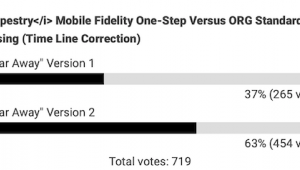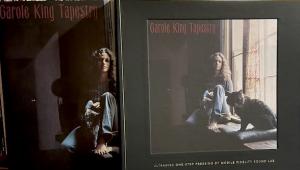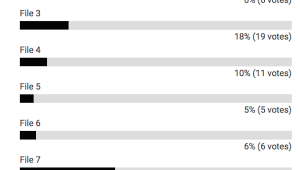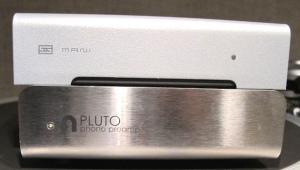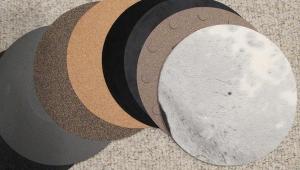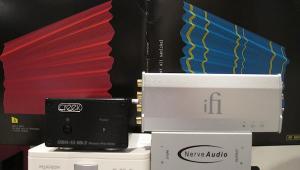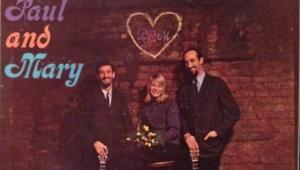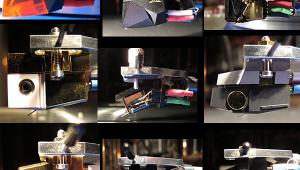Primary tabs
VPI’s 3D "Printed" Tone Arm: Does it Sound Better, Worse, or the Same As the Standard Metal JMW Memorial Arm?

Stereophile's May issue includes my first of a two part review of VPI's Classic Direct Drive turntable. Does the new 3D printed tone arm sound different than the company’s standard metal one? Does it sound better, or not as good? I give my opinion in the review.
You make the call here. Here are two 96/24 files. Are they both the same file? Or, if you hear one sounding better, state your preference.
If the files are different, one file features the Lyra Atlas installed in the standard VPI JMW arm mounted on VPI's new Classic Direct Drive turntable.
The other file features the Lyra Atlas installed on the new 3D printed tone arm on the same turntable. All measured set-up parameters were identical.
The phono preamp is the Ypsilon VPS100. The preamp is the D'Agostino Momentum while the A/D converter is Ayre's QA-9. The interconnect between the phono pre and preamp is TARA Labs Evolution, which replaces the Zero.
Please vote and leave a comment explaining your vote.

| Equipment Reviews | The Gruvy Awards | Blogs Analog Tips | Columns Music | Show Reports | News Resources |
 © 2025 AnalogPlanet
© 2025 AnalogPlanetAVTech Media Americas Inc.
All rights reserved
